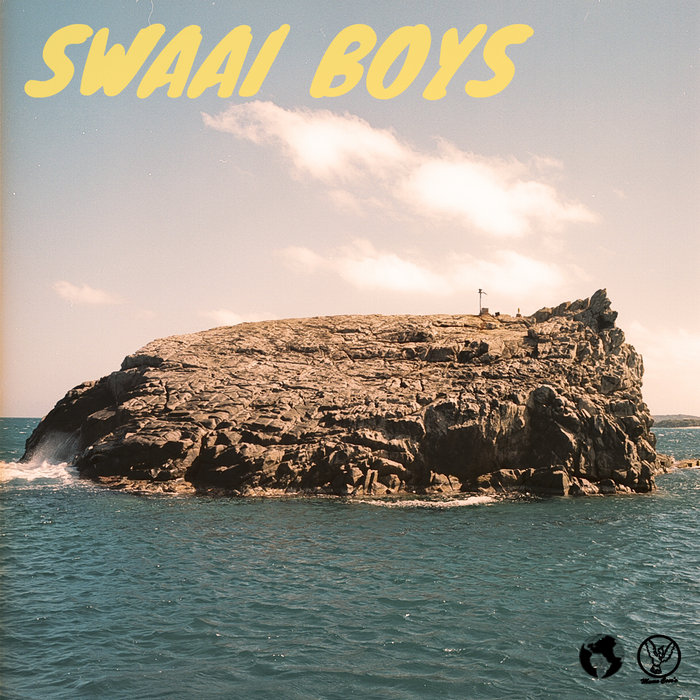
Poisoned Berries – Swaai Boys
this blog is GROOVY – check out great Soul, Funk, Jazz, Hip Hop, Bass, Breaks , Reggae, House n many more TUNES
Ah, Tropical Pop! It’s like a cool breeze on a hot summer day—catchy melodies, vibrant rhythms, and those sweet island vibes that make you wanna dance. This genre sprouted from the fusion of various musical styles and cultures primarily in Latin America but has since spread its warm embrace worldwide. Let’s grab our flip-flops and dive into the colorful history of this groovy genre!
Tropical pop emerged in the late 20th century as artists began blending traditional tropical music with elements from rock, funk, reggae, and even electronic sounds. Think about it: when Afro-Caribbean beats collide with Western pop sensibilities—that’s where the magic happens!
The roots can be traced back to genres such as bossa nova, salsa, and reggae. Bossa nova brought smooth jazz influences from Brazil; salsa pumped up rhythms from Cuba; all while reggae added that laid-back vibe straight outta Jamaica. When musicians started mixing these flavors together, BAM—tropical pop was born.
In the ’70s and ’80s, musicians like Carlos Vives and Julio Iglesias began gaining international fame by incorporating tropical sounds into their music. But let’s not forget about everyone’s favorite party starter: Jimmy Buffett! He had a real knack for channeling beach life through his tunes—the ultimate Trop Rock superstar!
And who could miss out on legends like Celia Cruz, whose salsa rhythms also influenced many tropical pop tracks? Her infectious energy made us feel every note—and her wigs were always a sight to see! (You’ve gotta love an artist who knows how to rock some serious hair!)
As we rolled into the ’90s, tropical pop exploded onto radio waves with hits from bands like Los Del Rio (“Macarena” anyone?) that swept across Europe & America faster than you can say “party time!” Their catchy songs made it impossible not to get up off your seat—even if your moves were questionable at best!
Funny fact alert: Did you know that “Macarena” was originally released in 1993 but hit its peak popularity four years later? Yup! It sat silently waiting for its moment—kinda like someone at a school dance trying to gather courage before busting out their move!
Other notable names during this era included Santana, whose “Smooth” featuring Rob Thomas wrapped around airwaves like one of those giant inflatable pool floats—you just couldn’t escape it.
Fast forward to early 2000s—a period full of cross-genre collaborations that elevated tropic tunes even further! Artists weren’t hesitant anymore—they mixed reggaeton beats with mainstream chart-toppers left right center until they officially created something bold yet familiar.
One standout moment would be when Shakira blended her Colombian roots with fabulous international flair through hits such as “Hips Don’t Lie.” She had everyone wiggling along—even grandmas joined in dancing between kitchen counters while baking cookies!
Here’s another fun tidbit: Shakira once claimed she knew she’d achieved success after seeing how many dancers there were trying (and failing) to keep up with her choreography during concert rehearsals—it became famous according to sheer enthusiasm… not skill level alone!
Today’s scene is ever-evolving too! We have artists like J Balvin & Bad Bunny, who are bringing perreo—the sexy dance style associated largely within regga

Poisoned Berries – Swaai Boys

REF_HS_002 (Dana of Dendur) – Swaai Boys